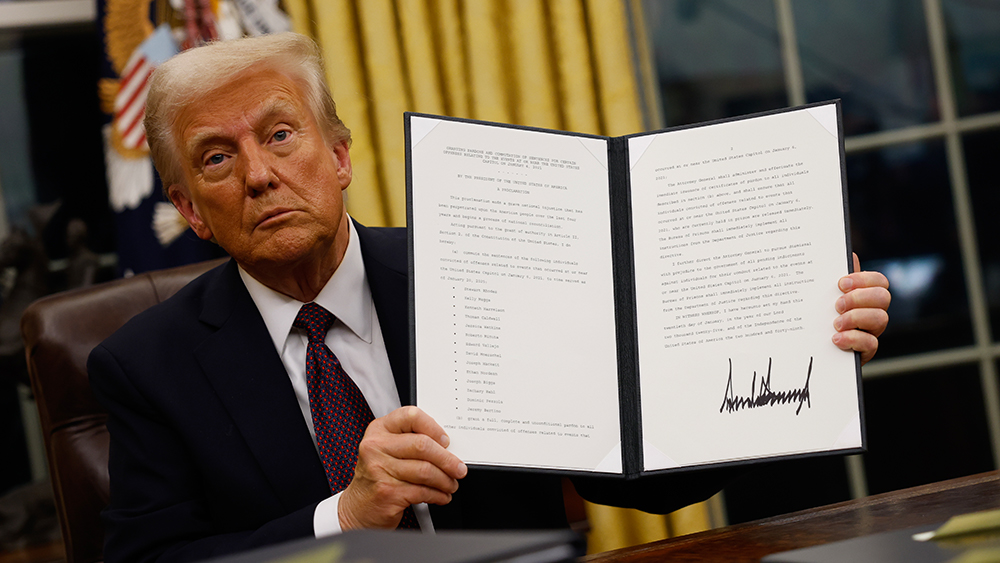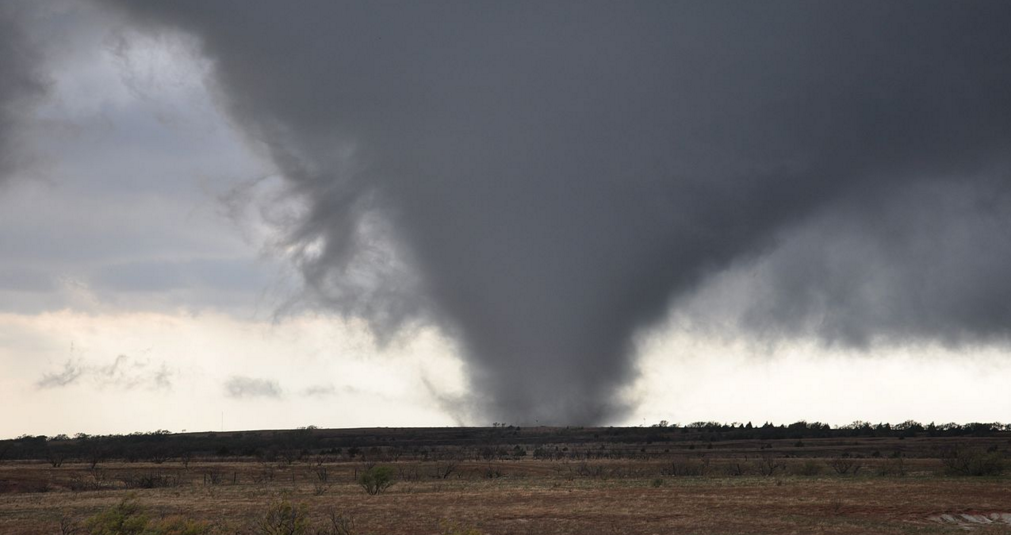U.S. military ends decade of climate change initiatives, redirects focus to readiness
04/11/2025 / By Willow Tohi

- The U.S. military is ending its climate change programs after a decade of costly investments with minimal results. Defense Secretary Pete Hegseth declared a shift back to core military priorities, stating the DoD will focus on “training and warfighting” instead.
- The Navy’s Great Green Fleet and Air Force’s Sustainable Aviation Fuel (SAF) initiatives proved expensive and ineffective. The Navy spent $57 billion on biofuels, but 99% of its fleet still runs on petroleum, while SAF remains costly and offers no CO2 reduction benefits in practice.
- The Army’s plan to electrify tactical vehicles by 2027 is impractical for battlefield conditions, and the Air Force’s reliance on SAF is hindered by high costs and technical limitations. Electric aircraft remain unfeasible due to battery energy density shortcomings.
- The Coast Guard Academy removed “climate change” from its curriculum, signaling a move toward practical resilience measures (e.g., flood barriers) rather than climate-focused policies with no measurable military benefit.
- The new policy prioritizes operational capabilities over climate ideology, redirecting funds to warfighting needs. While environmental debates continue, the military is now emphasizing tangible defense priorities over unproven green initiatives.
After a decade of significant expenditure and minimal results, the U.S. military is officially ending its climate change initiatives. The shift comes as Defense Secretary Pete Hegseth declared, “The Dept of Defense does not do climate change crap. We do training and warfighting.” This move marks a significant policy reversal, redirecting funds from what critics call wasteful programs to enhancing military readiness and operational capabilities.
A decade of wasteful spending
For over a decade, the U.S. military has pursued various climate change programs, including the Navy’s Great Green Fleet and the Air Force’s reliance on Sustainable Aviation Fuel (SAF). These initiatives aimed to reduce carbon dioxide (CO2) emissions and transition to renewable energy sources. However, the results have been underwhelming, with billions of dollars spent and little to show in terms of tangible environmental benefits.
The Navy’s Great Green Fleet, launched in 2011 under Secretary Ray Mabus, aimed to power ships with biofuels. By 2016, the Navy deployed a carrier task force using a fuel mixture of 90% diesel and 10% biofuels. The biofuel portion cost about 14 per gallon, seven times the cost of diesel. The program also faced logistical challenges, as biofuels were not widely available in overseas ports, necessitating the continued use of traditional diesel fuel. By 2017, the Navy had spent 57 billion on green fuel programs, yet 99% of its fleet still relied on petroleum.
Air Force and SAF: Expensive and ineffective
The Air Force, which accounts for 56% of the Department of Defense’s (DoD) emissions, has focused on reducing aircraft emissions. However, the challenges are significant. Aircraft on long missions produce CO2 equivalent to their weight, and the energy density of fuel engines is 20 times that of batteries, making electric aircraft impractical.
The Air Force’s climate plans heavily relied on SAF, which is made from biomass or waste and claimed to have lower CO2 emissions. However, SAF is expensive, not widely available and may not reduce CO2 emissions as effectively as advertised. When burned, SAF emits the same amount of CO2 as conventional jet fuel—3.16 metric tonnes of CO2 per metric tonne of fuel. The use of SAF provides no military value, leading Secretary Hegseth to likely shut down all SAF programs.
Army’s climate strategy: Unfeasible and costly
The Army’s Climate Strategy, announced in February 2022, called for the transition of its non-tactical vehicle fleet to electric vehicles (EVs) by FY 2027, with an annual spending of about $2 billion. The plan also proposed electrifying light, medium and heavy battlefield tactical vehicles by 2027, along with the development of “battlefield chargers.” However, charging electric tanks on the battlefield is impractical and offers no military advantage.
Coast Guard and adaptation measures
The Coast Guard Academy recently removed “climate change” from its academic curriculum, reflecting a broader shift away from climate-focused policies. While adaptation measures such as building sea walls and erecting flood barriers are sensible for building resilience to weather events, they are not tied to measurable climate change mitigation. These efforts are pragmatic but do not align with the broader, often ideological, climate change agenda.
A new era of military realism
Military climate policies under the Biden Administration, even if fully implemented, would not have had a measurable effect on global temperatures. Instead, they would have continued to waste hundreds of billions of dollars of taxpayer money. Secretary Hegseth’s decision to redirect these funds to strengthening the U.S. military marks a new era of realistic policy.
The era of green experimentation in the military is ending, but the debate over defense priorities is far from over. As the U.S. military refocuses on immediate operational needs and combat readiness, the question remains: How will this shift impact the broader conversation on climate change and national security? For now, the military is prioritizing practical, measurable outcomes over ideological goals.
Sources include:
Submit a correction >>
Tagged Under:
big government, biodiesel, carbon dioxide, Climate, climate change, Collapse, debt collapse, energy sources, environ, government debt, green tyranny, military, national security, renewables
This article may contain statements that reflect the opinion of the author



















